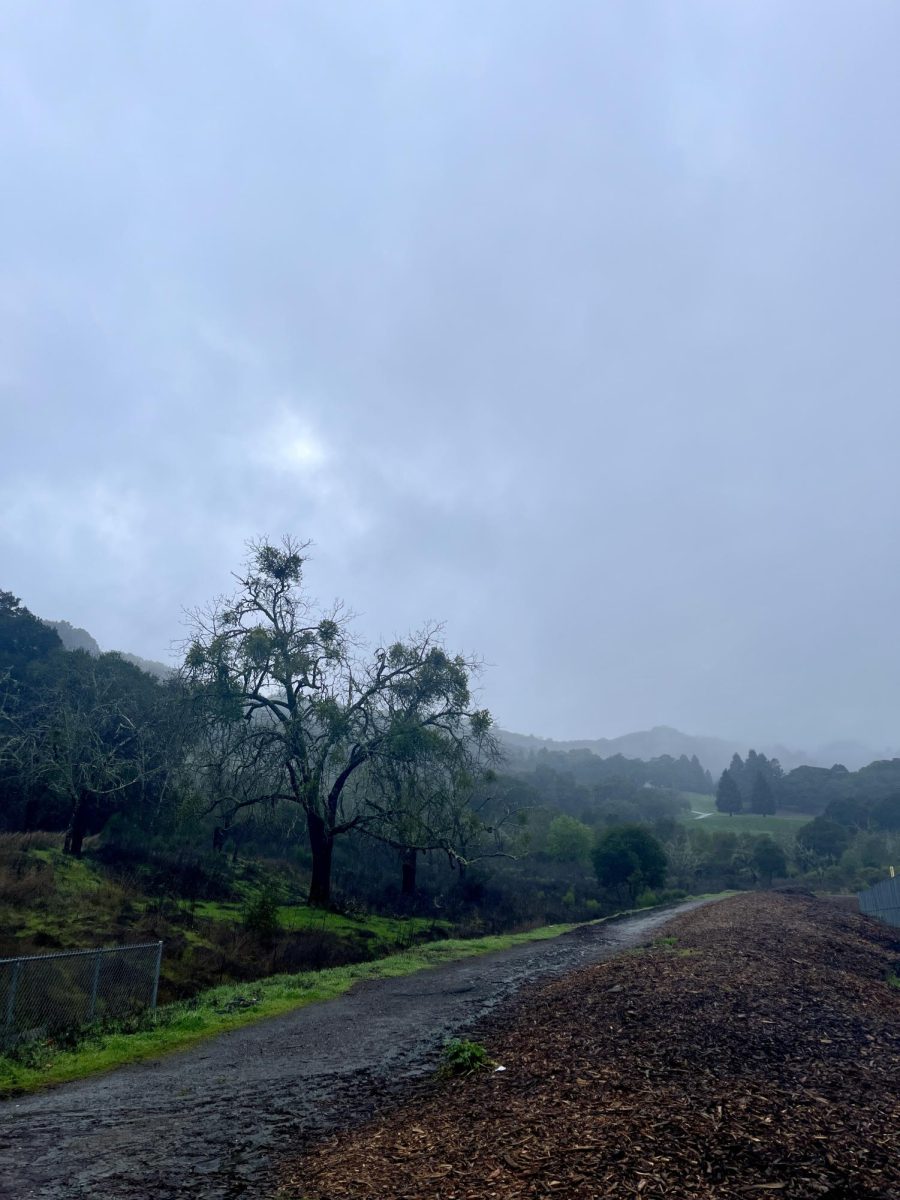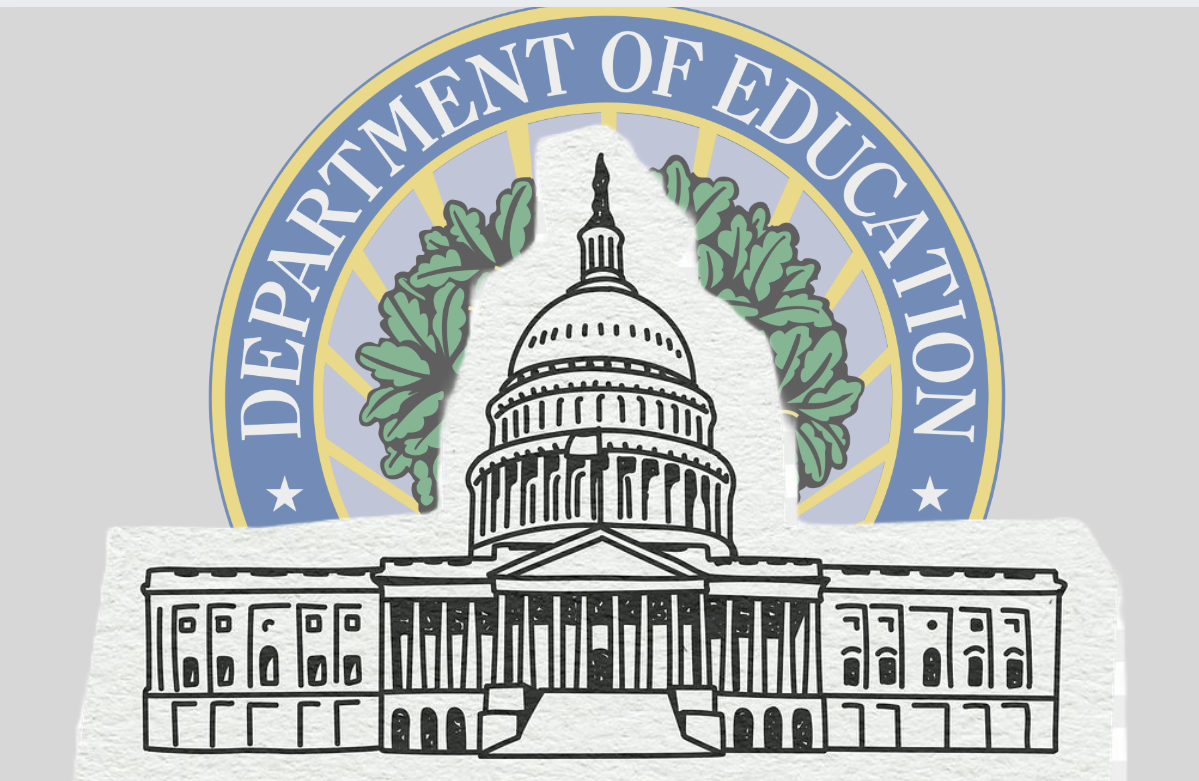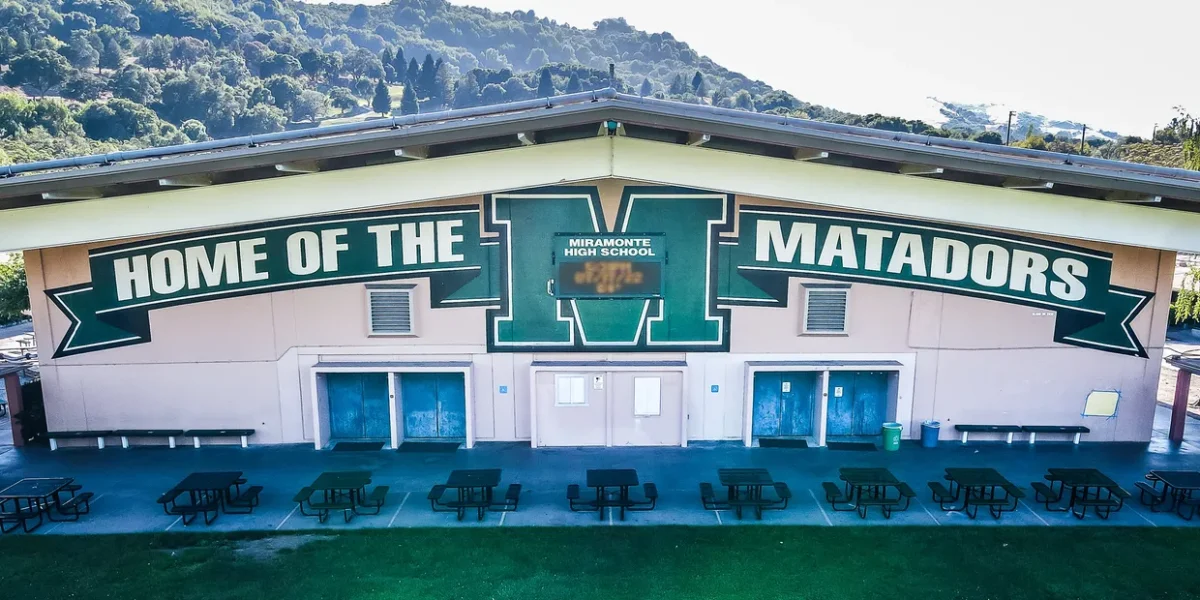Weather channels are buzzing with updates about the severe weather conditions springing up along the California coast and throughout the rest of the country. While these stratospheric phenomenons that have begun to populate our winters seem odd and unpredictable, this shift in our climate can be explained as the effects of an El Niño cycle.
Occurring every three to seven years, including most recently in 2019, the El Niño cycle is a shift in wind patterns that has a huge effect on worldwide weather. This mainly has to do with the change in ocean temperature that happens as a result of the weakening of trade winds across the pacific ocean.
“During an El Niño year, the trade winds that normally blow to the west across the equatorial Pacific weaken, sometimes to the point of reversing direction. These trade winds are responsible for blowing warm surface water and thus warmer and wetter weather to the western pacific,” AP Environmental Science teacher Jyllian Smith said.
This reversal in wind direction means that the warm water that is usually blowing west towards Australia is now moving east towards South America. An important feature of this weather pattern is the process of upwelling. Upwelling happens when the warm water is blown by wind in one direction, forcing the cold water in the deep region under this accumulation of warm water to be pushed toward the other side and surface. For example, in a regular La Niña year — when wind blows from west to east across the Pacific — all the warm water that is moved towards Australia forces nutrient rich, cold water to upwell along the coast of South America. These nutrients encourage the growth of seaweed and phytoplankton that serve as the energy base, ultimately supporting larger animal populations and creating a home for new oceanic ecosystems. This process is incredibly economically important because upwelling brings large amounts of fish that fuel coastal economies. According to the National Oceanic and Atmospheric Administration, upwelling regions account for 50% of the world’s fisheries.
The effects of this weather pattern are evident in the precipitation in California. The El Niño cycle is at its peak from December through February, meaning the state will have heavy rainfall this winter. It is predicted that this season will produce above average levels in snow as well, an effect that has already become evident with an avalanche recently occurring at Palisades Ski Resort near Lake Tahoe. Although there was a slow start to this snow season, the increase in precipitation should kickstart even greater snow production.
“All the snow coming up this season is gonna lead to some pretty fun conditions, but the snowpack is as sketchy as it gets, so avalanches are gonna be a major thing to worry about,” Snow Sports Club officer and skier Kyle Rundel said.
Skiing and snowboarding are not the only sports being affected by this change in weather. Large waves along the California coastline are another byproduct of the El Niño cycle. The world-renowned Mavericks surf competition was held in Half Moon Bay seeing as the weather brought with it opportunity for big wave surfers to catch the swell of their lives. Although the high surf was great for surfing, these powerful tides wreaked havoc in Santa Cruz causing extreme flooding that warranted evacuation orders.
“I have a cabin in Santa Cruz, and Capitola as well as Pleasure Point are some of my favorite places to surf. Recently, the waves have been so big that sidewalks have crumbled and streets have been flooded, especially near Pleasure Point, so it’s hard to surf at this time. It is really scary to see how big the waves have been getting recently, and I hope that Santa Cruz county is able to rebuild after the destruction from the waves and we can get back to surfing once it’s safe to do so!” Seas the Day Club co-president Roxie Tarantino said.
Although the El Niño cycle does not perfectly align with the new year, we have started off 2024 in the midst of a powerful natural phenomenon that is sure to bring out of the ordinary conditions to our state.




















